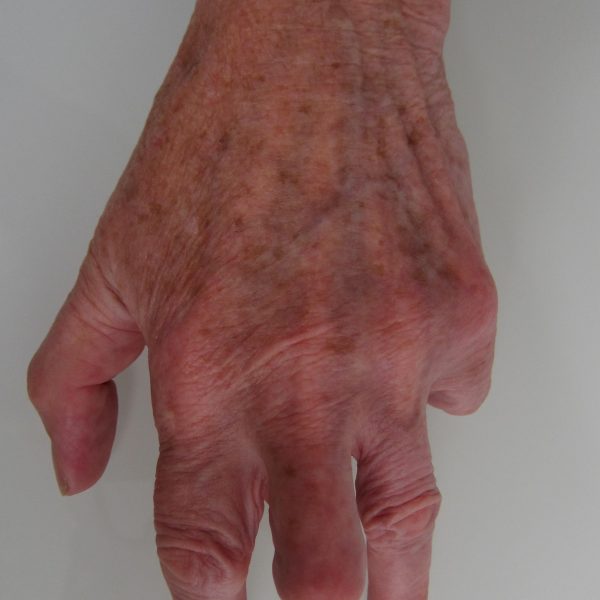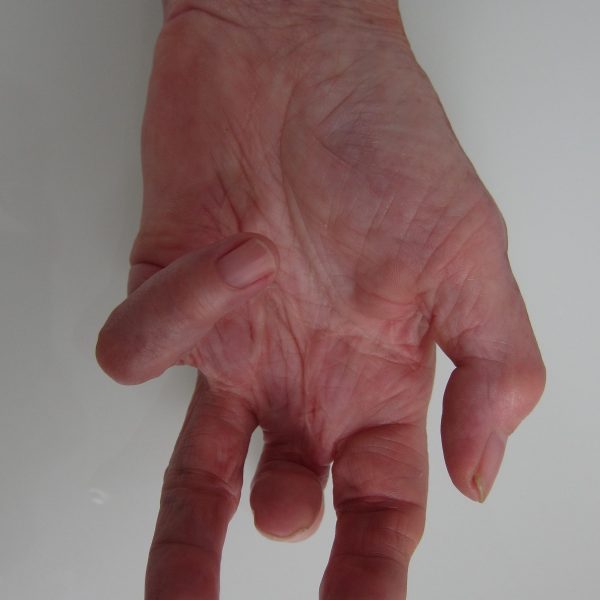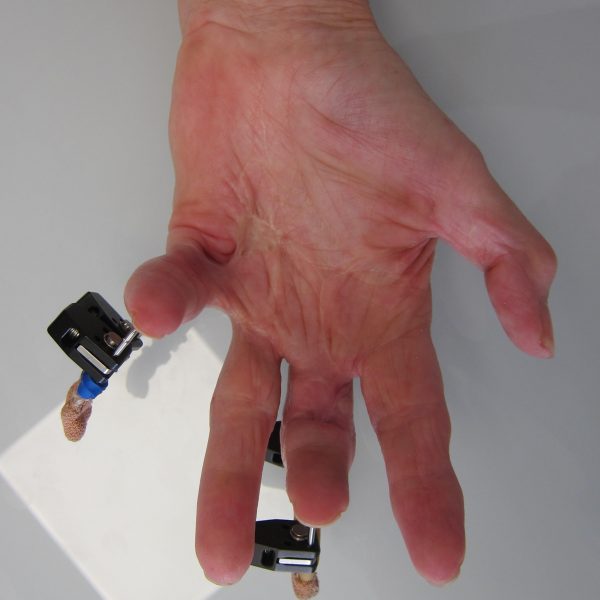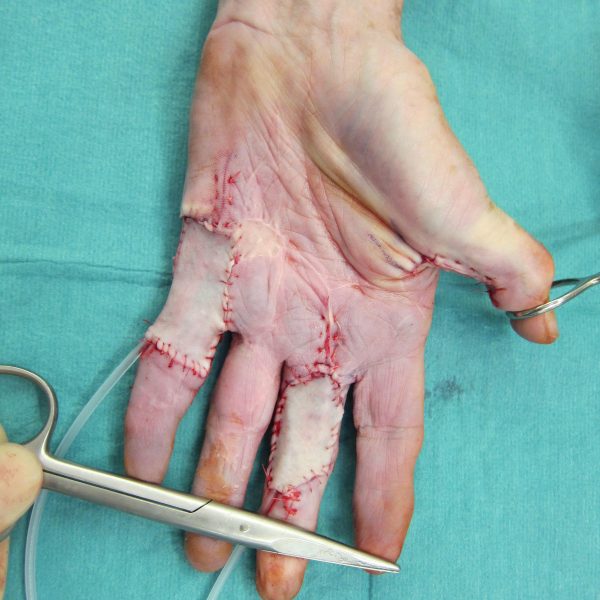71-year-old lady with severe, recurrent Dupuytren’s disease (dorsal)
Dupuytren’s Contracture Surgery Essex
What Is Dupuytren’s Contracture Essex
Dupuytren’s contracture is a deformity in the hand that develops over time and affects the layer of tissue that lies under the skin of the palm of your hand, called the fascia. Here, knots of tissue form, which eventually build up to create a thick cord, which can pull one or more fingers into a bent position. Due to the affected fingers being unable to be straightened completely, everyday activities are made harder and sometimes impossible to do.
As previously mentioned, Dupuytren’s contracture develops over years. The symptoms usually begin with the thickening of the skin on the palm of your hand, which progresses to appear puckered or dimpled. From here, a firm lump can form, which may be sensitive to touch, but not painful.
As the later stages of Dupuytren’s contracture develop, the cords of tissue form under the skin and extend towards the fingers. The little and ring fingers are most commonly affected. These cords can tighten, causing the fingers to get pulled towards your palm. Dupuytren’s contracture can occur in both hands and may also affect the feet. Sufferers of Dupuytren’s contracture can undergo Dupuytren’s contracture surgery Essex to make it easier for you to perform basic daily tasks.




